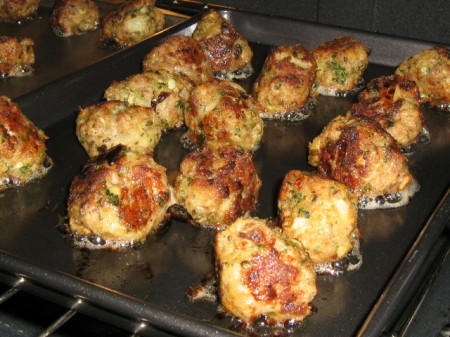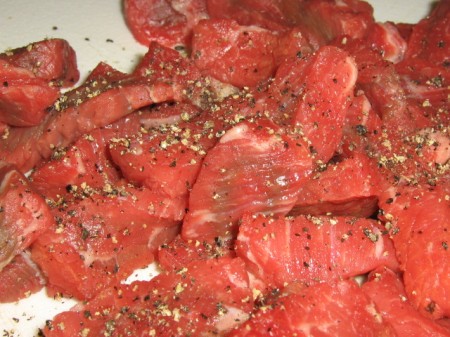
Green Bean Casserole: Complete with Fried Onions
I miss New York. A lot. As a resident of New York City, I became very defined by my surroundings. When I first moved to Manhattan in 2004, I lived on the fifth floor of an old walk-up tenement building that was built in the mid-1880s and once served as the home to dozens of immigrants from Ireland, Germany and Italy who worked in the canneries along the East river, served the wealthy who resided in the mansions along 5th Avenue and who tirelessly worked to build and develop the Manhattan we know today. Looking out the only window in my apartment that had a view, I saw the huge and beautiful stain glass window of St. Stevens Catholic Church, a church that was built on 28th street in 1853. While I am not a very religious person, I felt very blessed to live next to St. Stevens. Over the four years that I lived in this apartment, I never grew tired of looking at the Church and with my every glance at it, I felt more connected to my City and came to better appreciate and understand the history of the neighborhood and its former residents.
The views from my Pasadena apartment are very different from what I saw in New York. From my living room, I see the most perfectly shaped palm tree. I often wonder how old it is and how with the development of our condo complex it was never cut down. From my back patio, I see the San Gabriel mountains. While I love and appreciate the scenic views I now have, a palm tree and a mountain range cannot tell me about Pasadena’s history or some of its early settlers.
Recently, I have been thinking a lot about my new surroundings, looking at the views, and missing what I left behind. I know that my sense of place in Pasadena will come with time, but because I cannot take a quick jaunt back to New York for a visit, I have been doing a lot of comfort cooking – making those dishes that remind me of home.
Growing up, one of my all time favorite dishes was green bean casserole, a recipe that my father claimed came from his grandmother, Mom-Mom. Believing that it was a family recipe passed down through the generations, Mom-Mom’s Beans, for me, became such a novelty, even though my mother did not make them often. When they were served, I remember savoring each bite of french-cut green beans smothered in cream of mushroom soup, covered with crispy fried onions and fervently hoping that there was always more on the stove for seconds. Accompanied with a roast chicken, green bean casserole was my ultimate comfort food.
Up until this past weekend, I cannot remember the last time I had Mom-Mom’s green bean casserole, despite the memories of its taste, flavor and preparation seeming so fresh in my mind. I remember opening a can of Campbell’s Cream of Mushroom Soup and mixing it in to steaming green beans. I remember the popping sound that the lid of the French’s French Fried Onions made as it opened. And I remember trying to sneak some of the fried onion rings that were left in the can after the casserole was put in the oven to bake.
This past weekend, after really missing New York all week, I made Mom-Mom’s Beans. Believing that her beans would culinarily transport me back home, I carefully prepared them, baked them until the top layer was just slightly crispy and served them next to a delicious roast chicken. Within seconds, all the anticipation and expectation of Mom-Mom’s delicious beans were shattered. They were not at all as I remembered. They were bland, boring and completely uninteresting. I am not sure if my palate has evolved from when I was 12, but after a few bites, I understood why my mother rarely served Mom-Mom’s beans…
Although I tried (and perhaps desperately tried) to resurrect comforting memories from my past, eating Mom-Mom’s Beans reminded me that what we remember isn’t always as it seems. While I miss my old New York apartment on 3rd Avenue and its views of St. Stevens Church, I must remember that I cursed the 5 flights of stairs I had to climb to get to it on a daily basis. While I believe my recent nostalgia of New York has perhaps lead to my recent blogging hiatus, I am glad that my culinary journey down green bean casserole memory lane has taught me that my surroundings here are still new, and that my sense of place and comfort in Pasadena will eventually come – and may come with a view of a perfectly shaped palm tree.
Until next time…




































